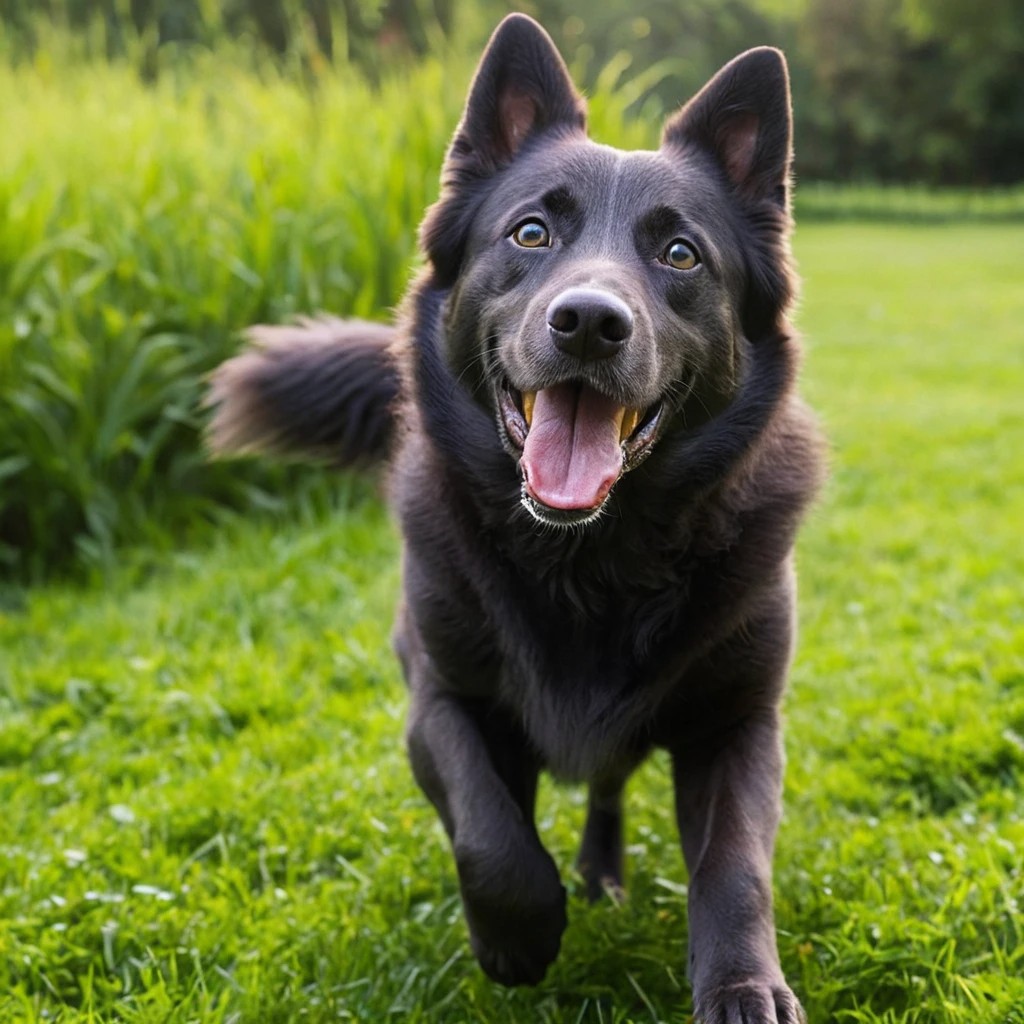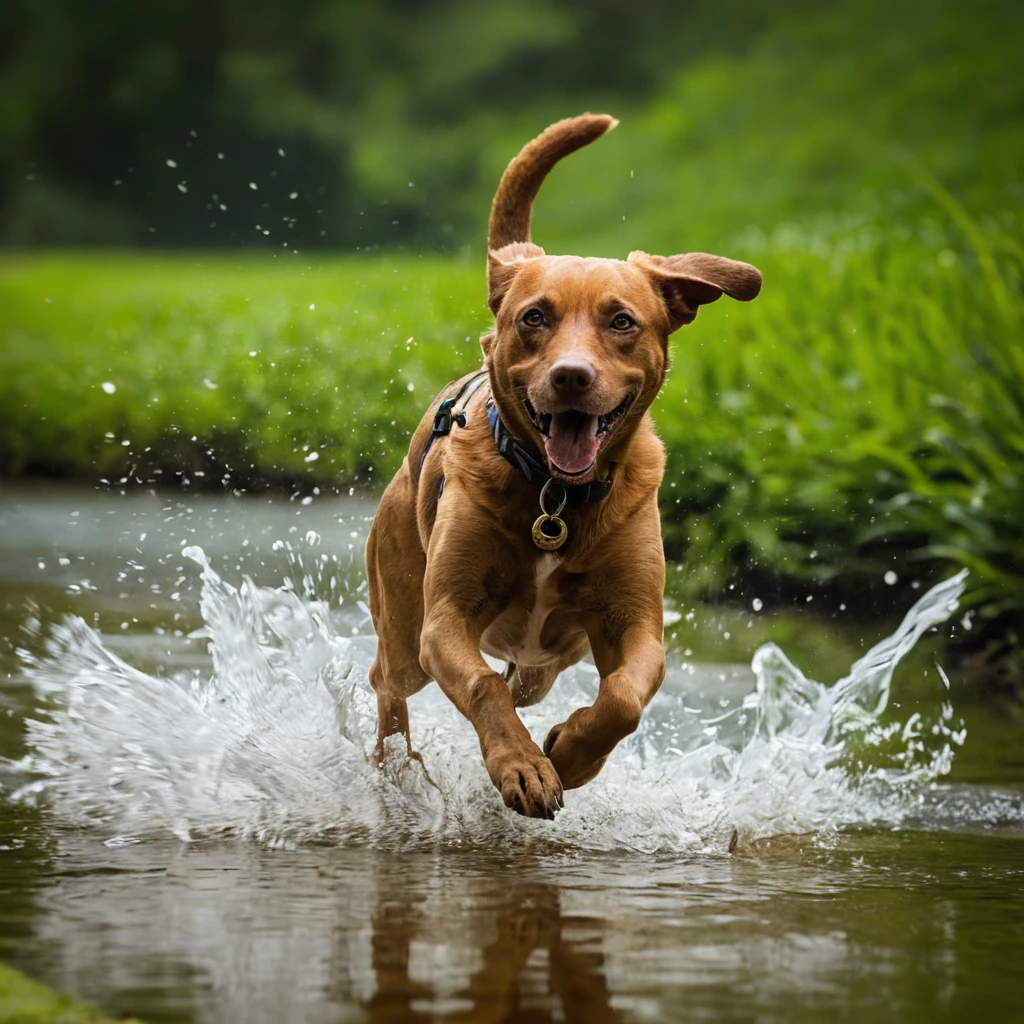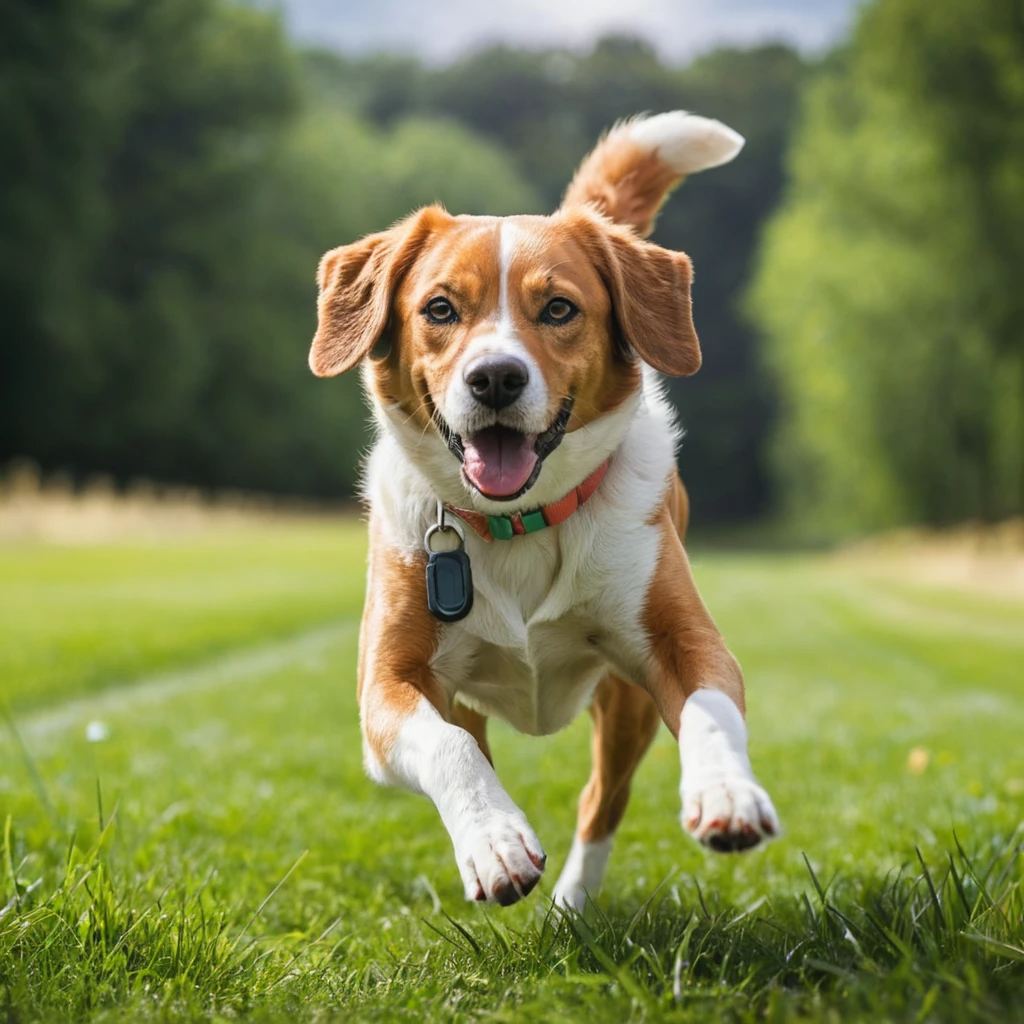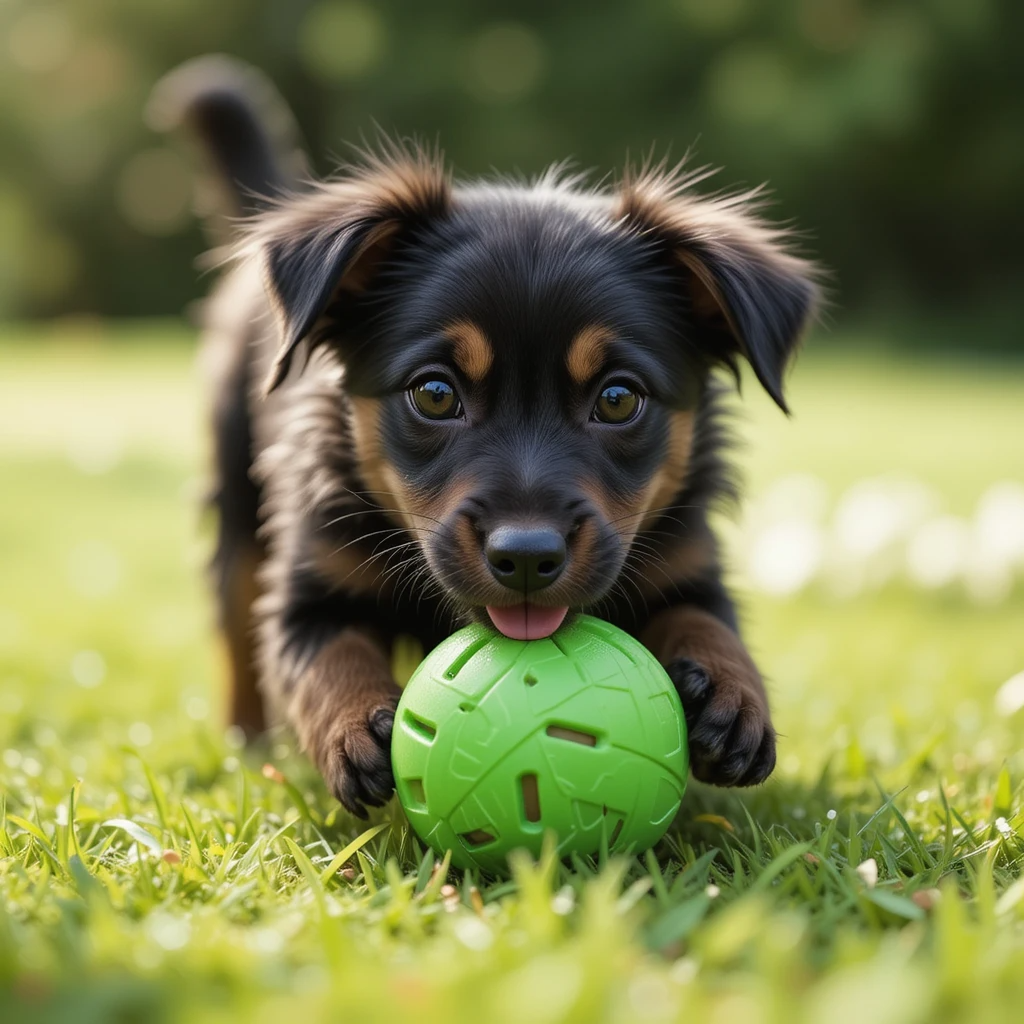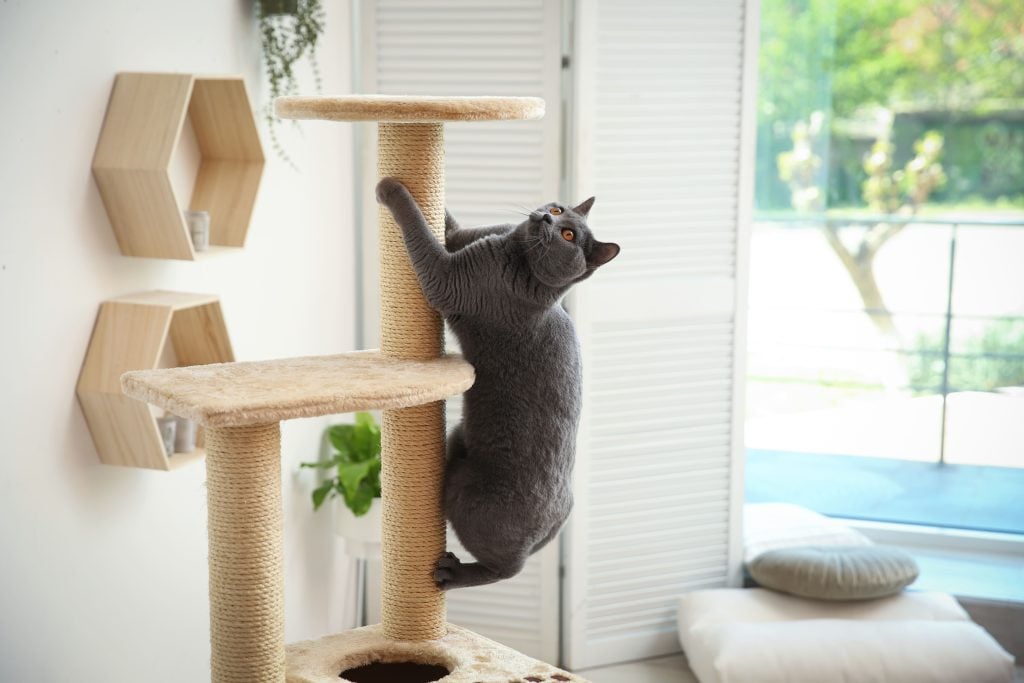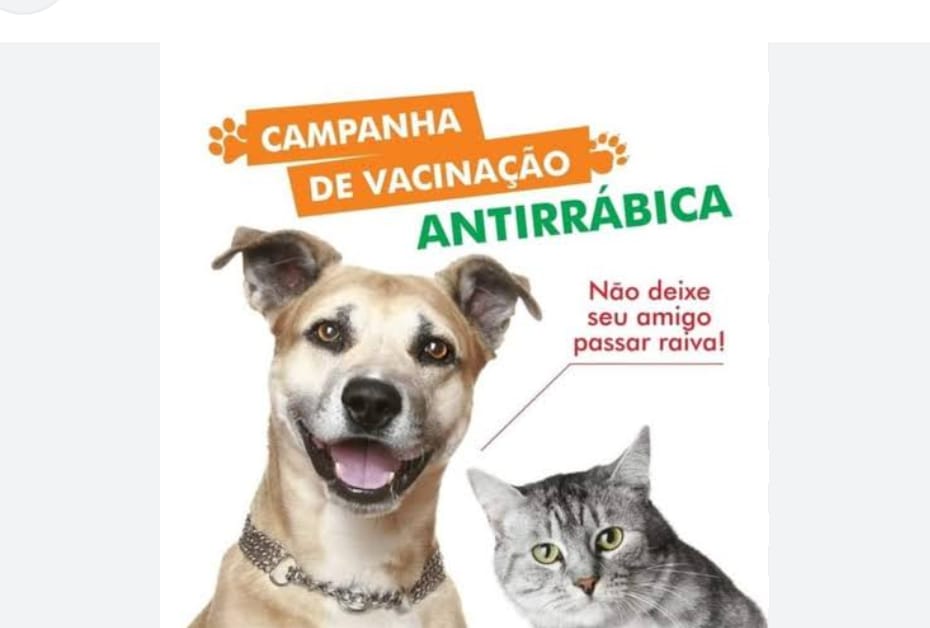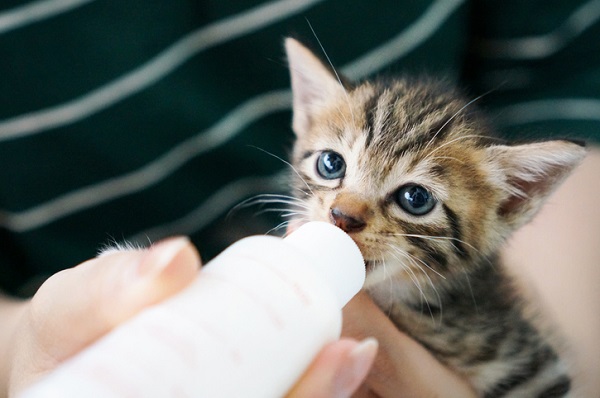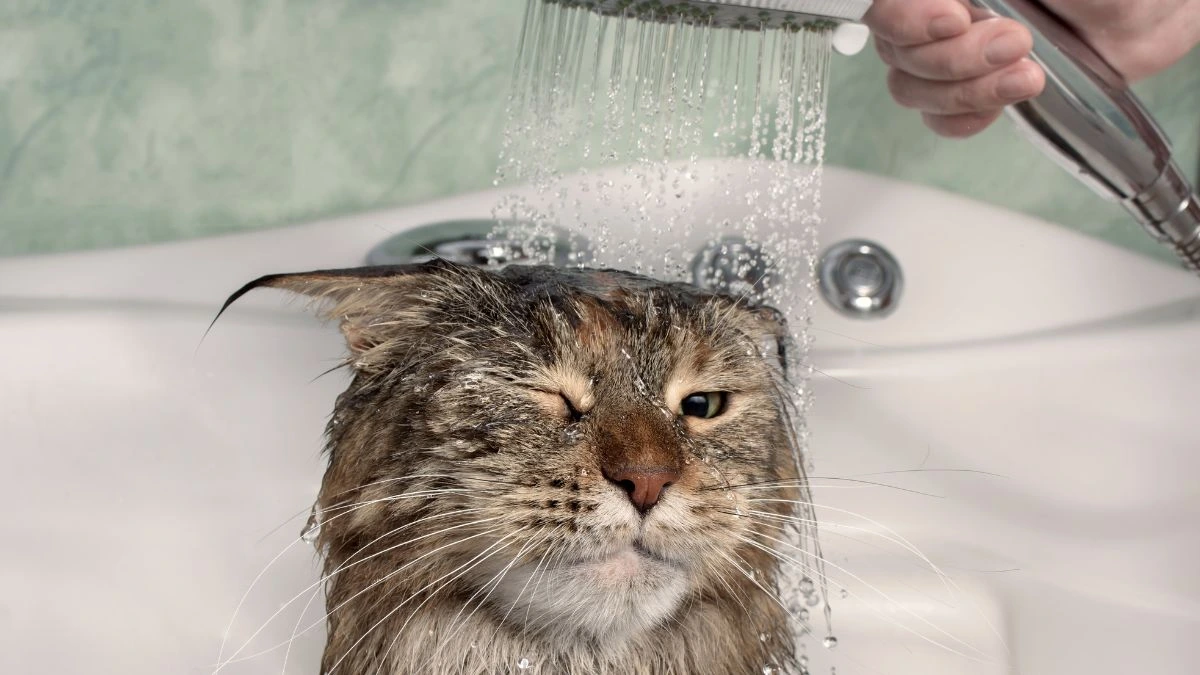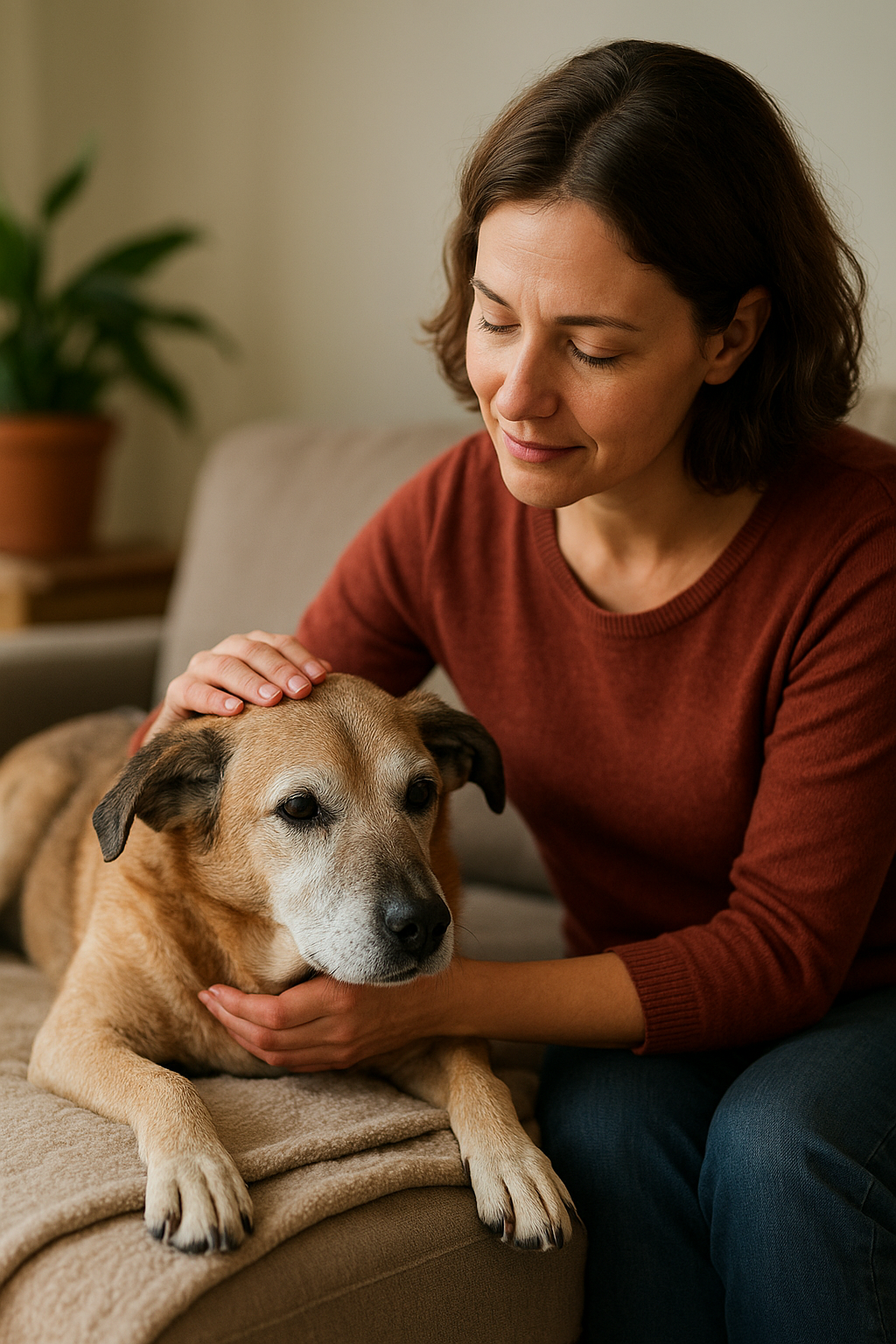Entendendo a hiperatividade em cães
A hiperatividade em cães não é apenas uma questão de ser brincalhão — muitas vezes é um sinal de necessidades não atendidas. Cães com muita energia são frequentemente rotulados como “hiperativos” quando, na realidade, eles não têm meios suficientes para descarregar sua energia física e mental.
As causas comuns da hiperatividade incluem:
Falta de exercício físico.
Estimulação mental insuficiente.
Ansiedade ou estresse.
Falta de rotina ou estrutura.
Dieta inadequada ou excesso de açúcar.
Compreender a causa raiz é fundamental para resolvê-la naturalmente.
Sinais de que seu cão está muito hiperativo
Latidos, pulos ou choramingos constantes.
Zoomies (correr em círculos sem parar).
Mastigação ou escavação destrutivas.
Incapacidade de se acalmar ou deitar.
Mordidas ou beliscões excessivos.
Como acalmar seu cão naturalmente: métodos comprovados
1. Exercício físico: o primeiro passo 🏃♂️🐶
Um cão cansado é um cão calmo.
Caminhadas: no mínimo duas vezes por dia, 30 a 60 minutos para raças ativas.
Hora da brincadeira: buscar, cabo de guerra, vara com brinquedo.
Correr ou andar de bicicleta juntos: queima energia mais rapidamente.
🐾 Dica: o exercício físico deve ser adequado à idade e saúde do seu cão.
2. Estimulação mental: canse o cérebro 🧠🐾
A fadiga mental muitas vezes acalma um cão mais rapidamente do que o exercício físico.
Brinquedos quebra-cabeças: Kong, jogos Nina Ottosson.
Sessões de treinamento: ensine novos comandos ou truques.
Trabalho olfativo: esconda guloseimas ou brinquedos favoritos para eles farejarem.
Enriquecimento alimentar: use comedouros lentos, bolas com guloseimas ou espalhe a comida.
3. Crie uma rotina diária consistente 📅
Os cães prosperam com a previsibilidade.
Horários fixos para refeições, passeios e brincadeiras.
Designe horários de descanso durante o dia.
A consistência reduz a ansiedade e a hiperatividade.
4. Aromas e sons calmantes 🌿🎶
Óleos essenciais (seguros para cães): Lavanda e camomila ajudam a reduzir a ansiedade. Use difusores ou sprays projetados para animais de estimação.
Música calmante: Música clássica ou playlists especialmente projetadas para acalmar cães ajudam a reduzir o estresse.
Ruído branco: Útil para cães sensíveis a ruídos domésticos ou externos.
5. Toque e massagem calmantes 🤲🐶
Como massagear: movimentos suaves da cabeça à cauda, movimentos circulares atrás das orelhas, pescoço e ombros.
Benefícios: reduz a frequência cardíaca, diminui os hormônios do estresse e aumenta o relaxamento.
6. A nutrição adequada é importante 🍽️
Evite alimentos com excesso de açúcares, corantes artificiais ou enchimentos.
Escolha proteínas de alta qualidade e nutrientes equilibrados.
Os ácidos graxos ômega-3 (provenientes de óleos de peixe) apoiam a saúde do cérebro e acalmam o comportamento.
7. Suplementos naturais 🌿💊
Sempre consulte seu veterinário antes de adicionar suplementos.
Óleo CBD (seguro para animais de estimação): ajuda com ansiedade e hiperatividade.
Camomila, raiz de valeriana ou L-teanina: encontradas em mastigáveis e suplementos calmantes.
Melatonina: às vezes recomendada para necessidades calmantes de curto prazo.
8. Ensine o comando “Acalme-se” 🐾🧘♂️
Recompense seu cão por comportamentos calmos.
Pratique pedir que ele vá para um tapete ou cama e fique relaxado.
Combine o comando com guloseimas ou uma frase calmante como “relaxe”.
9. Proporcione um espaço seguro e calmo 🏡🐶
Crie uma área tranquila com a cama e os brinquedos dele, sem distrações.
Use caixas de transporte (se ele estiver treinado para isso) como abrigos aconchegantes, não como punição.
Adicione sprays calmantes, música suave ou ruído branco ao espaço.
10. Reduza sua própria energia 🌟
Os cães refletem a energia humana.
Fale com calma e evite tons animados quando o cão estiver hiperativo.
Mova-se lentamente e pratique uma linguagem corporal calma.
Se você estiver tenso, seu cão provavelmente também ficará.
Atividades que acalmam naturalmente os cães
Caminhadas Sniffari: deixe-os caminhar lentamente e cheirar o quanto quiserem — cheirar é mentalmente exaustivo.
Tapetes para lamber: espalhar manteiga de amendoim ou iogurte em um tapete para lamber acalma os nervos.
Mastigar: mastigáveis de longa duração (chifres, palitos de couro, queijo de iaque) ajudam a liberar o estresse.
Natação: exercício de baixo impacto que acalma os músculos e a mente.
Soluções de longo prazo para cães hiperativos
Treinamento regular: desenvolve o foco e a obediência.
Agilidade ou esportes caninos: canaliza a energia de forma construtiva.
Creche para cães: proporciona momentos de brincadeira com outros cães quando você está ocupado.
Ajuda profissional: consulte comportamentalistas para casos extremos de hiperatividade ou ansiedade.
Erros comuns a evitar
Gritos ou punições: muitas vezes aumentam a ansiedade e a hiperatividade.
Rotinas inconsistentes: criam confusão e estresse.
Brincadeiras excessivamente estimulantes: brincadeiras violentas sem pausas podem alimentar um comportamento ainda mais hiperativo, em vez de acalmar.
Confinamento excessivo sem estímulos: leva à frustração e a comportamentos inadequados.
Sinais de que seu cão finalmente está calmo 😌🐕
Olhos suaves e orelhas relaxadas.
Deitado ou enrolado em silêncio.
Abana o rabo suavemente ou não abana (satisfeito).
Respiração lenta e suspiros ocasionais.
Opta por descansar perto de você em vez de procurar atenção constante.
Conclusão: um cão mais feliz e calmo espera por você 🐾🧘♂️
Acalmar um cão hiperativo não significa forçá-lo a deixar de ser ele mesmo, mas sim satisfazer as suas necessidades físicas, mentais e emocionais de forma saudável. Ao combinar exercício, estimulação mental, ambientes calmantes, nutrição e rotinas consistentes, pode transformar a energia caótica num comportamento equilibrado e alegre.
Um cão calmo não é apenas um cão mais feliz, é um lar mais feliz para ambos. 🐶💖

